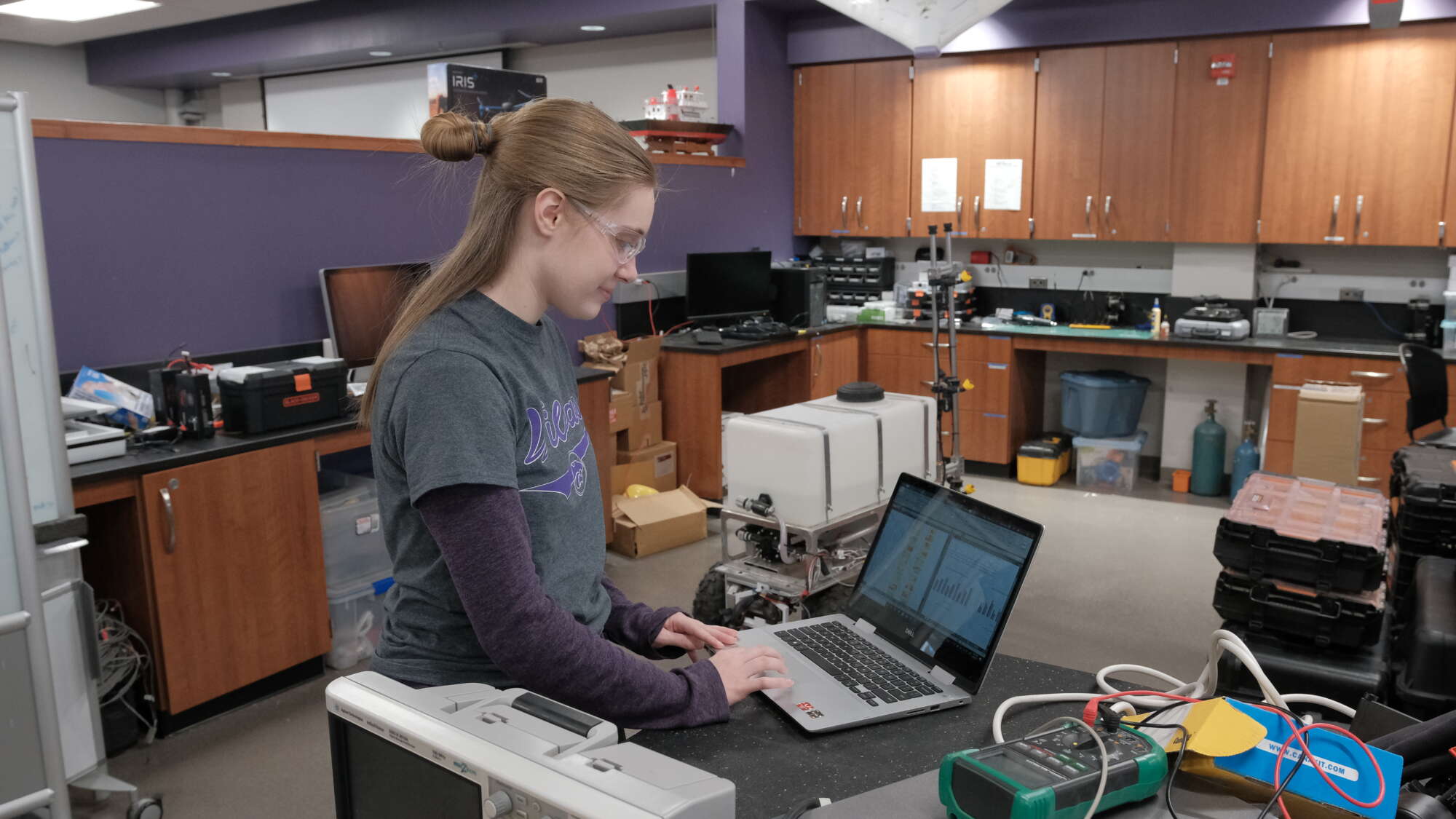K-State’s Dr. Vaishali Sharda leads the charge in tackling water resource challenges through innovative research.
Any farmer will tell you that water is a precious resource — especially in regions where agriculture heavily relies on irrigation.
The Ogallala Aquifer underlies Kansas, but also Colorado, Nebraska, New Mexico, Oklahoma, South Dakota, Texas and Wyoming. Although it’s one of the world’s biggest aquifers, preserving and protecting the Ogallala is paramount, and K-State researchers are tackling that challenge.
Peering into the future
Dr. Vaishali Sharda, assistant professor of biological and agricultural engineering at K-State, focuses on water resource management, mainly irrigation, which encompasses climate, soil and management practices.
One of the central aspects of Sharda’s research is looking ahead.
“We have climate models that tell us what the climate will look like in the future,” Sharda said.
And what do those models track? They predict potential changes in rainfall patterns, temperatures and extreme climate events. Such predictions are necessary to understand how these changes might affect water availability for crop irrigation.
Sustainability challenges
Western Kansas, with its reliance on the Ogallala Aquifer, already faces sustainability challenges.
“The way we are irrigating from the Ogallala is not sustainable,” warns Sharda. What that means is, if we keep irrigating at the pace we are irrigating right now and do not make any changes in the future, the coffer will eventually run out.
For K-State researchers, the goal is to maximize crop yields while minimizing water usage. They use advanced models to simulate different irrigation scenarios and then assess their impact on crop production.
High-tech innovations like remote sensing and machine learning are now entering irrigation research. By leveraging satellite data, aerial imagery and drones, researchers can better understand the needs of crop water. This data-driven approach enhances the efficiency of irrigation practices, especially in the face of water scarcity.
The role of soil
The soil itself plays a significant role in the irrigation equation. Understanding specific soil-water interactions is key to developing effective irrigation strategies.
“Different soils impact management practices, such as when to apply irrigation and how much,” Sharda said.
Preserving the Ogallala is a shared responsibility, Sharda says. That’s especially true in the summer months when domestic water use for yard watering is high. Ordinary citizens might spend more time thinking about their lawns and marigolds than about their personal role in conservation. “Farmers are mindful of our water resources,” said Sharda, ”but it’s really everyone’s responsibility.”
The future of research
As we look toward the future, sustainable water irrigation and management practices will become increasingly vital in the face of growing water scarcity and climate change.





